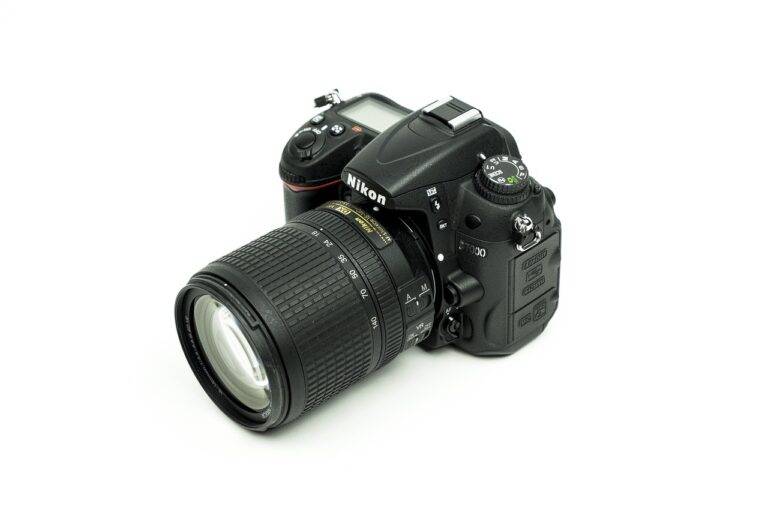The Evolution of Tech in Computer Graphics and Animation
Special effects have come a long way since the early days of filmmaking. From the practical effects of the past, such as miniatures and matte paintings, to the digital wonders of today, technology has transformed the way movies are made. The advent of computer-generated imagery (CGI) has allowed filmmakers to bring to life fantastical worlds and creatures that were once only possible in the realm of imagination.
With each passing year, advancements in technology continue to push the boundaries of what is possible in terms of visual effects. Films like “Avatar” and “The Jungle Book” have set new standards for photo-realistic CGI, blurring the lines between reality and fiction. As audiences become more sophisticated and demanding, filmmakers are constantly challenged to deliver visual spectacles that not only dazzle the eye but also serve the story being told on screen.
Future Trends in Computer Graphics and Animation
Advancements in technology are continually pushing the boundaries of what is possible in computer graphics and animation. With the rise of Virtual Reality (VR) and Augmented Reality (AR), the demand for more immersive and visually stunning graphics is only increasing. As these technologies become more accessible to consumers, there is a growing need for highly realistic and interactive animations that can transport viewers to entirely new worlds.
Moreover, the integration of artificial intelligence (AI) in computer graphics and animation is revolutionizing the way content is created. AI algorithms now have the capability to assist with tasks such as character animation, scene generation, and even predictive modeling for visual effects. This not only streamlines the production process but also opens up a world of creative possibilities for filmmakers and animators. The future of computer graphics and animation lies in the seamless integration of AI technologies to enhance storytelling and create truly mesmerizing visual experiences.
What is the significance of computer graphics and animation in the film industry?
Computer graphics and animation have revolutionized the film industry by allowing filmmakers to create stunning visual effects, realistic characters, and immersive worlds that were previously impossible to achieve.
How has the evolution of special effects in films impacted the way movies are made?
The evolution of special effects in films has allowed filmmakers to push the boundaries of storytelling and visual creativity, resulting in more visually engaging and immersive cinematic experiences for audiences.
What are some future trends we can expect to see in computer graphics and animation?
Some future trends in computer graphics and animation include advancements in virtual reality technology, the use of artificial intelligence for character animation, and the integration of 3D printing for creating physical props and models.
How can aspiring filmmakers and animators stay ahead of the curve in terms of these future trends?
Aspiring filmmakers and animators can stay ahead of the curve by continuously learning and adapting to new technologies, experimenting with different tools and software, and collaborating with other professionals in the industry to stay informed about the latest trends and techniques.





